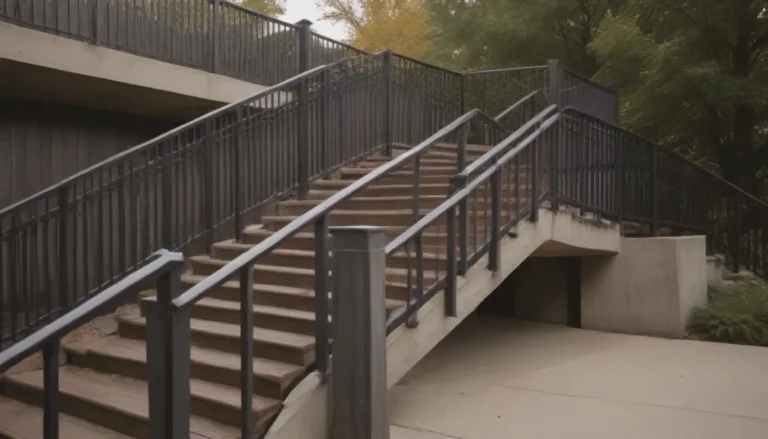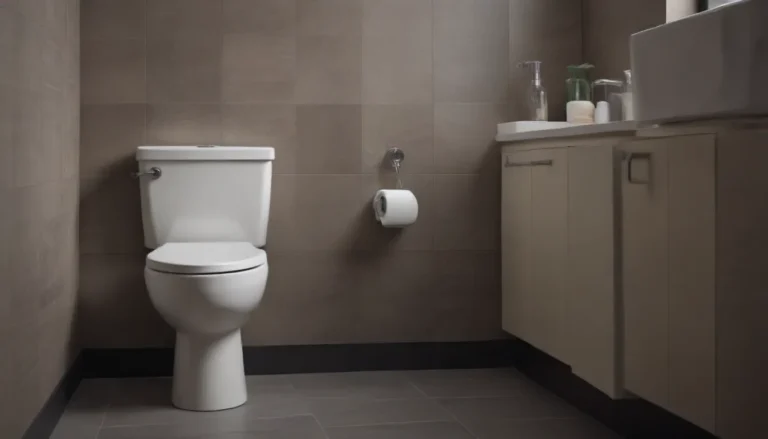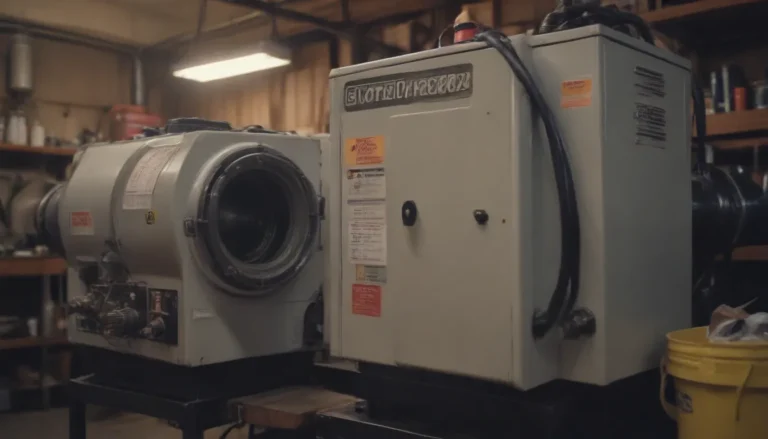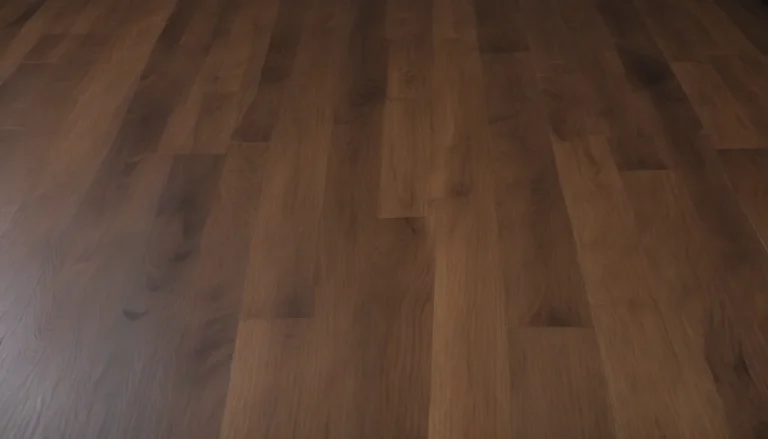Mastering the Art of Screeding Concrete and Masonry: A Step-by-Step Guide
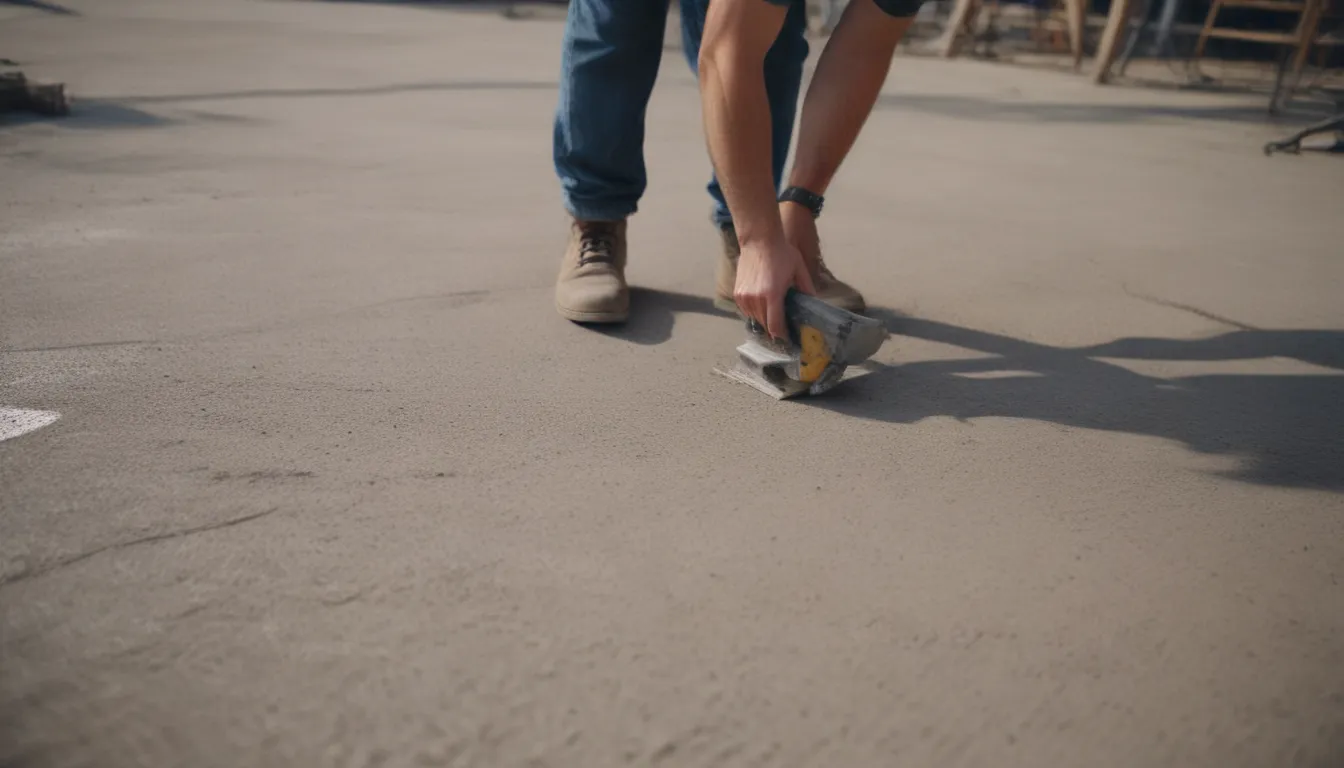
Are you considering taking on a DIY project that involves pouring concrete for a patio, garage floor, or walkway? Or maybe you’re planning to lay pavers or other masonry units and need to screed sand or gravel as part of the preparation process. Whatever your project may be, mastering the art of screeding is a crucial skill to ensure a smooth, level surface for your projects.
Understanding the Basics of Screeding
Screeding is the process of smoothing pliable materials, such as concrete, sand, or gravel, into a flat, smooth, and level layer. It also involves redistributing and removing excess material to achieve an even surface. While there are specialized tools designed for screeding, such as aluminum screeds, you can also use a simple two-by-four board for the job.
How to Screed Concrete
When working with concrete, screeding is essential for flattening freshly poured concrete before finishing the surface. While screeding helps to fill gaps and remove high spots, it does not provide the final finish. The next step involves using a bull float to further smooth and finish the concrete surface.
Tools for Concrete Screeding
- Two-by-four: A basic tool that can be used for screeding concrete.
- Aluminum screed: Ideal for achieving a straight, smooth edge.
- Vibratory screed: Provides precision and efficiency in screeding concrete surfaces.
Tip: An 8-foot-long aluminum screed typically costs between $135 to $175.
How to Screed Concrete
To screed concrete effectively, the screeding tool should be long enough to rest on opposite sides of the concrete form. Two workers can work together, with one on each side of the screeding tool, to achieve a smooth and level surface. Aluminum screeds are often preferred for their ability to provide a straight edge and precise results.
How to Screed a Masonry Base
In the context of laying pavers or other masonry units, screeding is used to flatten out a layer of mortar, sand, or gravel underlayment before installation. This helps to create a stable and level base for the masonry units to rest upon.
Tools for Masonry Base Screeding
- Two-by-four: Commonly used for DIY projects involving walkways.
- 1-inch PVC pipes: Helpful for maintaining a consistent screed depth when working with sand or gravel.
Screeding Masonry Base
Before laying concrete pavers or bricks, a layer of coarse bedding sand is spread evenly across the area. Using the two-by-four or other screeding tool, smooth out the surface to create a flat base. After screeding, remove the PVC pipes and fill in any depressions with loose sand, taking care to trowel and smooth out the filled areas.
Collaborating with an Assistant for Effective Screeding
Working with an assistant can greatly improve the efficiency and accuracy of your screeding process, whether you’re working with concrete or masonry. Having a second set of hands can help to control the screeding tool and ensure a smoother finish.
When screeding a wider area or working with a longer screeding tool, such as an 8-foot two-by-four, having two people—one at each end—is essential for handling the tool effectively. Additionally, avoiding kneeling in the sand or concrete while screeding will help maintain a level surface.
By mastering the art of screeding, you can achieve professional results in your concrete and masonry projects. Whether you’re a seasoned DIY enthusiast or a beginner looking to learn new skills, understanding the techniques and tools involved in screeding is essential for successful project outcomes. Remember, practice makes perfect, so don’t be afraid to try your hand at screeding on a small scale before tackling larger projects. Happy screeding!
